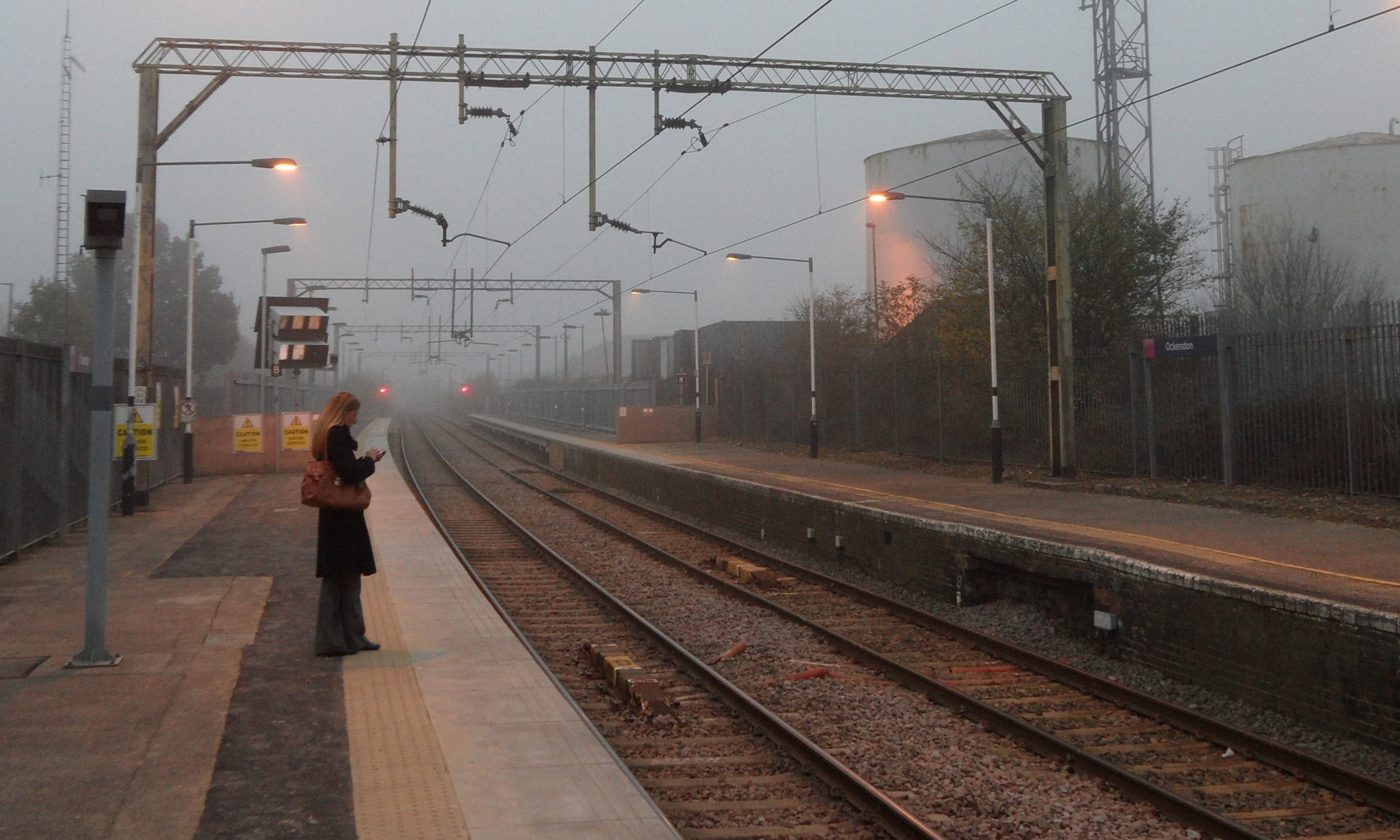My working career has been quite an unusual one. I left university having studied a degree in fine art and child psychology. I originally thought about becoming an art therapist, but after work experience in the area I realised it wasn’t for me.
I took a job at what was called in those days the Polytechnic of East London (now known as the University of East London, UEL) as contextual studies technician, where I worked in different areas providing technology and photographic support which included making slides for the tutors. After this, I moved into, or rather was poached, and moved into the architectural school, where I was trained in the use of Mac computers and desktop publishing going on to produce various books for the University Art and Architecture schools. I received other training in desktop publishing and 3D modelling, and went on to support and become a technical demonstrator for the architectural school. From there, I went to work for the graphic design course again as a technical demonstrator, but when the course was shut down, I went back to working in the art and design area for a short while, but ended up taking redundancy when the area that I was working in shut down. A month later, the university contacted me to offer me a temporary contract, working for the Communications and Publicity department, helping to organise the graduation ceremonies; the department chose to keep me on for some months after that, but did not have the funding to keep me permanently. I temped for a while, but eventually found a permanent job working on an IT Service Desk, which was an interesting role that enabled me to meet a lot of new people and build up my IT skills.
By this time, the disability field was starting to open up and after having met a deaf student I decided to learn sign language; I spent 5 years at night school studying British Sign Language and obtained the modules that make up a Foundation in Deaf Studies. I started to apply for jobs in the disability field, and finally got a job as an Assistive Technology Trainer for the Disability Service, outside my full-time working hours for the IT department. After this, I applied for, and was successful in obtaining a post as a Disability Adviser for the Disability Service at UEL. I held that position for a number of years, developing my technological skills and increasing my knowledge of the various areas within this field, and I also became a Disabled Students’ Allowance assessor of the D/deaf in the process.
Later on, I became acting Access Centre Manager for a year, and then later Technology Development Manager, both at UEL. At the age of 40 I had a mid-life crisis and, after spending a weekend looking at my finances I went in on the Monday and handed in my notice. The day after I finished work, I flew to Vietnam and I travelled for a month, ending up in Bangkok, Thailand. Unfortunately, my travels were cut short, and when I came home I had a long think about what I wanted to do next. I looked at other options, but I realised that for me the disability field is a vocational one, and I couldn’t think of doing anything else – it just didn’t feel right. So I started to apply for jobs in line with that realisation, and I got the job at UCL as a Disability IT Support Analyst, and the rest as they say, is history.
This was a new post in the area which hadn’t really been developed, so I spent the next few years building the service and developing relationships with other teams. This role allowed me to use all the skills that I had gained in the past, combining both IT and disability knowledge. It is never boring, and I’m constantly facing new challenges.
I see CMALT as being a way to review what I’ve done, look to the future, and plan the changes I want to make in the process of my career. I am now responsible for anyone out of 53,000 people who wish to use the service I have created. In the years I’ve been here, I’ve had very little chance to really reflect on the development of myself and my services, and it will be interesting to gain an overall picture of everything as it currently stands, and find out what gaps may need filling in times to come.
